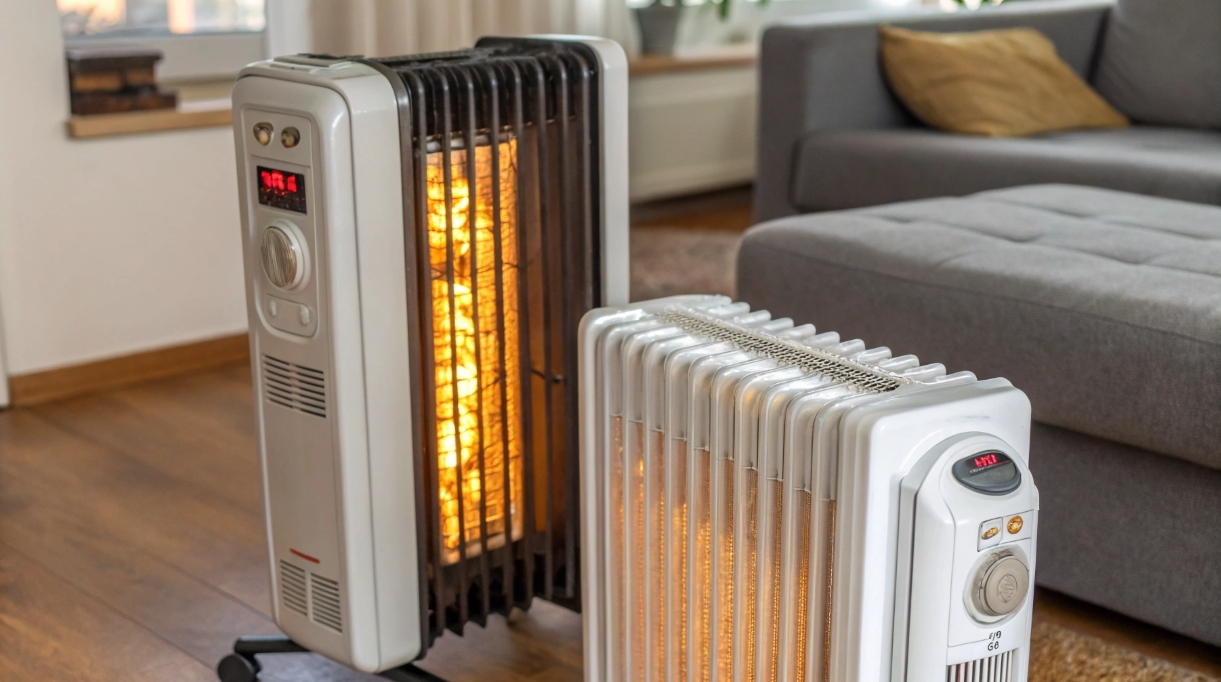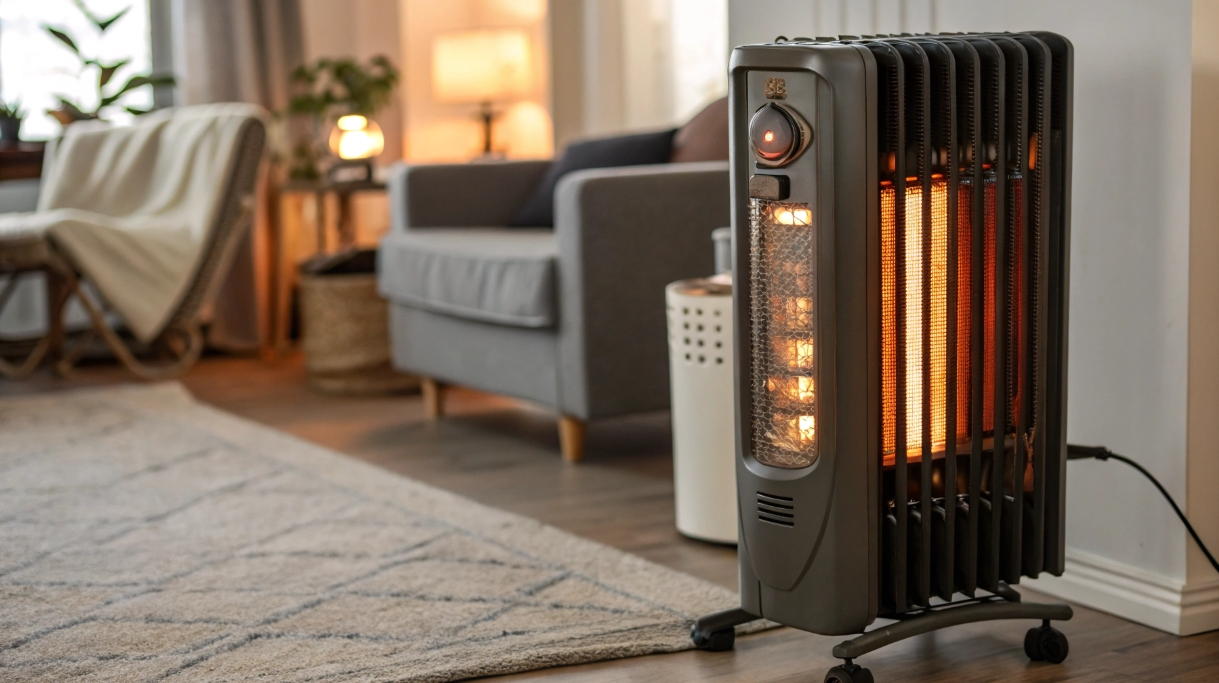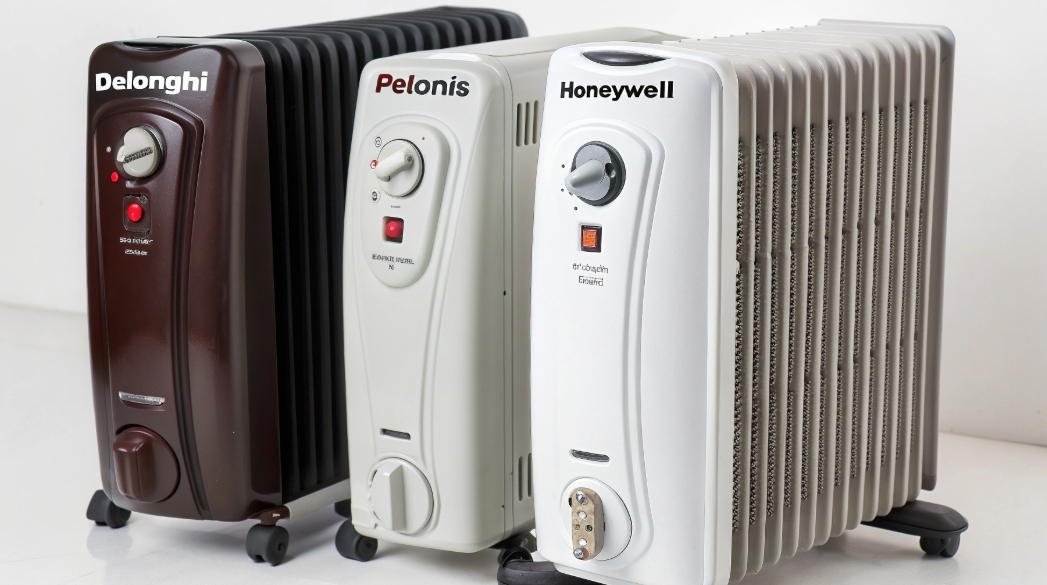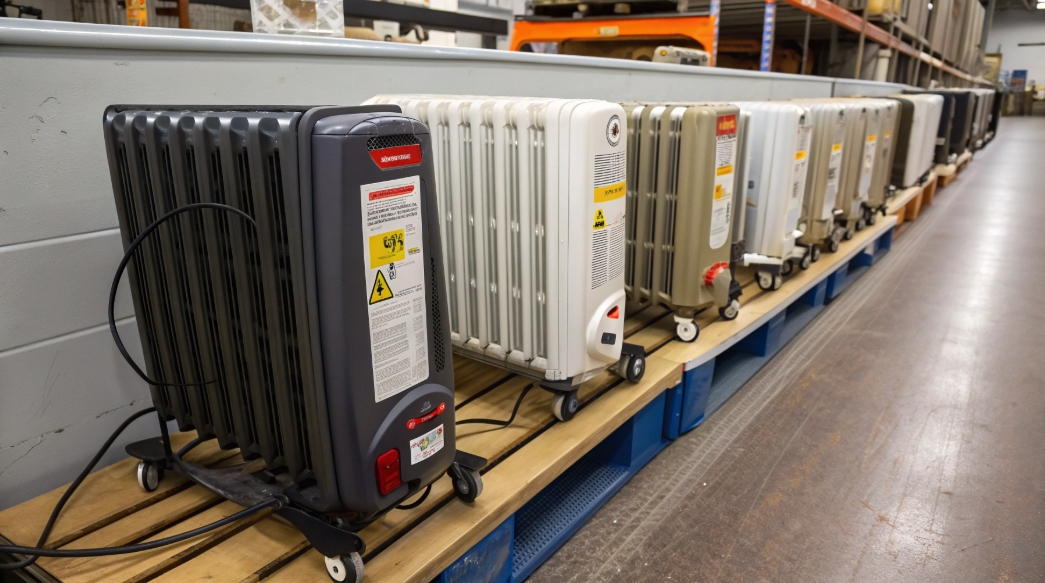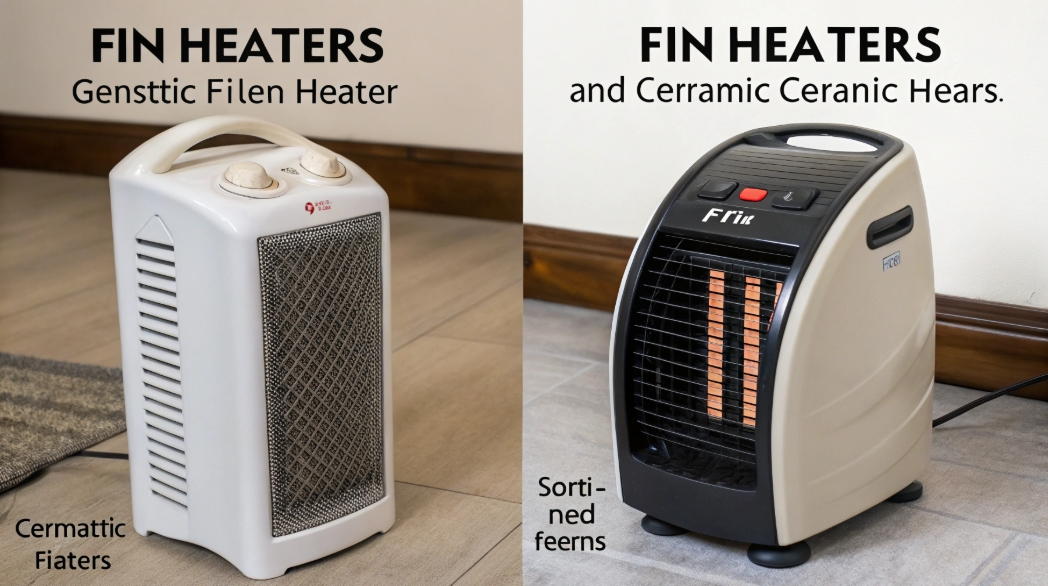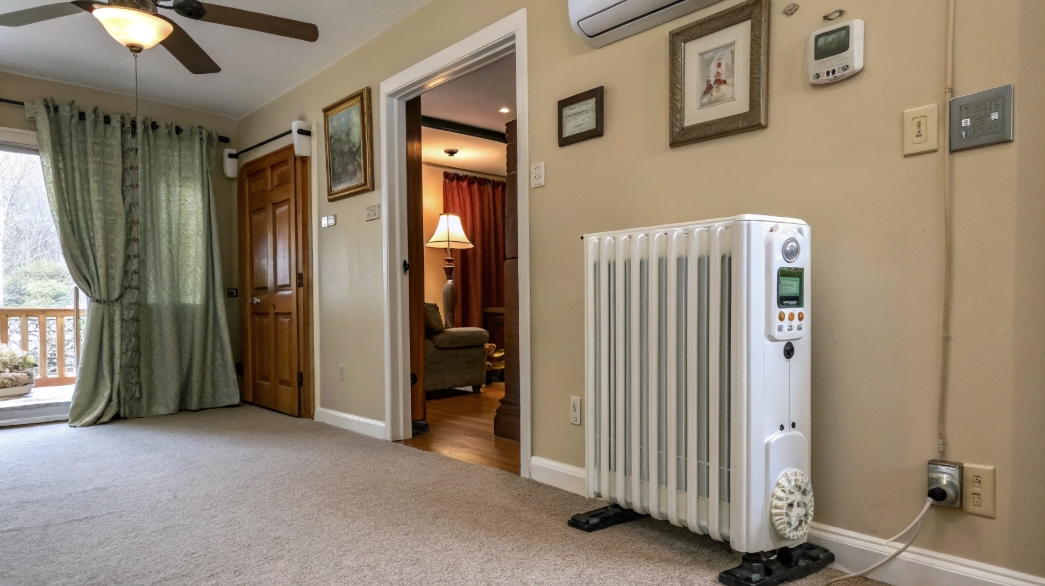Are you shivering at home, wondering if a fin heater can save the day? Maybe you’re tired of high heating bills and looking for a more efficient solution. Let’s dive in!
Fin heaters, also known as oil-filled radiators, are electric heaters that warm a room by heating oil inside metal fins. The fins radiate heat into the surrounding air, providing a consistent and comfortable warmth.
So, you’re curious about fin heaters. Let’s get into it and see if they’re the right fit for you. We will cover some common questions to help you make an informed decision.
How Do Fin Heaters Work? A Beginner’s Guide to Oil-Filled Radiators
Are you scratching your head, wondering how a fin heater actually works? It’s simpler than you might think.
Fin heaters work by heating oil inside. This hot oil then warms the metal fins around it. The fins radiate this heat into the room, gently raising the temperature.
Dive Deeper
To understand this better, let’s break it down into smaller parts. The magic of a fin heater comes from its design. The key components are the heating element, the oil, and the fins.
| Component | Function |
|---|---|
| Heating Element | This is an electrical resistor that heats up when electricity passes through it. |
| Oil | Special type of oil circulates inside the heater. It transfers heat from the element to the fins. |
| Fins | Metal fins increase the surface area for heat to radiate into the room. |
Think of it like this: The heating element is like a stove burner, heating the oil like water in a pot. The oil then carries that heat to the fins. These fins act like radiators, spreading the warmth throughout the room. Because the oil heats up and cools down slowly, fin heaters provide a consistent, even heat. This design also makes them safer than some other types of heaters. I remember one winter when our old heater kept switching on and off, making the room feel cold and then too hot. A fin heater solves this issue by providing a more stable temperature.
Top 5 Fin Heaters in 2023: Safety, Efficiency, and Price Compared
Are you overwhelmed by the choices and unsure which fin heater to buy? Don’t worry, I got you covered.
In 2023, the top fin heaters balance safety, efficiency, and price. Key features to compare include adjustable thermostats, safety shut-offs, and energy-saving modes. Brands like DeLonghi, Pelonis, and Honeywell are popular choices.
Dive Deeper
Choosing the right fin heater involves comparing several important factors. Consider these points to make the best decision for your needs:
| Feature | Description | Why It Matters |
|---|---|---|
| Adjustable Thermostat | Allows you to set a specific temperature. | Avoid overheating or wasting energy. Set it and forget it! |
| Safety Shut-Off | Automatically turns off the heater if it tips over or overheats. | Prevent fires and accidents, especially important if you have kids or pets. |
| Energy-Saving Mode | Optimizes energy usage to reduce electricity bills. | Save money while staying warm. Some models have eco-modes that automatically adjust the heat output. |
| Size & Wattage | Different sizes are suitable for different room sizes. Wattage indicates the power consumption. | Match the heater to your room size for efficient heating. A larger room needs a higher wattage heater. |
| Price | Fin heaters range in price. Consider your budget and the features you need. | Balance cost with the features you want. Sometimes, spending a little more upfront can save you money in the long run with energy efficiency. |
I used to think all heaters were the same, but after comparing different models, I realized how much features matter. A good thermostat and safety features can make a big difference. I always suggest reading reviews and comparing specs before making a purchase.
Are Oil Fin Heaters Safe? 7 Tips to Prevent Overheating and Accidents
Are you worried about the safety of using an oil fin heater? Many people have the same concern.
Oil fin heaters are generally safe if used correctly. To prevent overheating and accidents, keep them away from flammable materials, never cover them, and inspect the cord regularly. Look for models with safety certifications.
Dive Deeper
Safety should always be your top priority when using any heater. Follow these tips to ensure your oil fin heater operates safely:
| Safety Tip | Explanation | Why It’s Important |
|---|---|---|
| Keep Flammables Away | Maintain at least 3 feet of space between the heater and anything that can burn, like curtains or furniture. | Prevent fires. A small spark can quickly turn into a big problem if the heater is too close to flammable items. |
| Never Cover the Heater | Covering the heater can cause it to overheat. | Overheating can damage the heater and create a fire hazard. The fins need to radiate heat freely. |
| Inspect the Cord Regularly | Check for any signs of damage, like fraying or exposed wires. | Damaged cords can cause electrical shocks or fires. Replace the cord or the heater if you notice any damage. |
| Use on a Level Surface | Place the heater on a flat, stable surface to prevent it from tipping over. | Tipping can damage the heater and create a fire hazard. |
| Don’t Use Extension Cords | Plug the heater directly into a wall outlet. | Extension cords can overheat and cause fires. If you must use one, make sure it’s heavy-duty and rated for the heater’s wattage. |
| Monitor Regularly | Don’t leave the heater unattended for long periods, especially when sleeping. | In case of any issues, you’ll be able to respond quickly. It’s always better to be safe than sorry. |
| Check for Certifications | Look for heaters that are certified by safety organizations like UL or ETL. | These certifications mean the heater has been tested and meets safety standards. It’s a good way to ensure you’re buying a safe and reliable product. |
I always tell my family to double-check the heater before leaving it on overnight. It’s a simple habit that can make a big difference. Also, don’t forget to clean your heater. Dust buildup can affect its performance and safety.
Fin Heater vs. Ceramic Heater: Which Is Better for Your Home?
Are you stuck between choosing a fin heater or a ceramic heater? It’s a common dilemma.
Fin heaters provide gentle, consistent heat and are good for larger rooms. Ceramic heaters heat up quickly and are better for smaller spaces or spot heating. Fin heaters are generally quieter, while ceramic heaters are more portable.
Dive Deeper
Let’s compare the two types of heaters based on different features, including heating performance, energy efficiency, safety features, and price.
| Feature | Fin Heater (Oil-Filled) | Ceramic Heater |
|---|---|---|
| Heating Performance | Provides consistent, radiant heat. Takes longer to heat up but retains heat longer. Good for larger rooms. | Heats up quickly and provides direct heat. Best for smaller spaces or spot heating. |
| Energy Efficiency | More energy-efficient for long-term use because they retain heat. | Less energy-efficient for extended use as they require constant power to maintain heat. |
| Safety Features | Generally safer due to lower surface temperatures. Some models have tip-over and overheat protection. | Can get very hot to the touch, posing a burn risk. Many models include tip-over and overheat protection. |
| Noise Level | Operates quietly, making it suitable for bedrooms and offices. | Some models can be noisy due to the fan. |
| Portability | Less portable due to their weight and size. | More portable due to their compact size and lightweight design. |
| Price | Typically more expensive upfront but can save money in the long run due to energy efficiency. | Generally less expensive to purchase. |
I have both types of heaters at home. I use a ceramic heater in my office because it heats up quickly. I use a fin heater in the living room because it provides a more even and comfortable heat. The best choice depends on your specific needs and the size of your space.
Energy-Saving Tips for Oil-Filled Radiators: Slash Your Winter Heating Bills
Are you looking for ways to save money on your heating bills while using a fin heater? You’re not alone!
To save energy with oil-filled radiators, use a programmable thermostat, insulate your home, and only heat the rooms you’re using. Consider using the heater in conjunction with a ceiling fan to distribute heat more evenly.
Dive Deeper
Let’s look at some practical tips. By implementing these strategies, you can significantly reduce your energy consumption and lower your heating bills.
| Energy-Saving Tip | Explanation | Why It Matters |
|---|---|---|
| Use a Programmable Thermostat | Set the thermostat to lower temperatures when you’re asleep or away from home. | Reduce energy waste by not heating an empty house. Programmable thermostats can automatically adjust the temperature based on your schedule. |
| Insulate Your Home | Seal any drafts around windows and doors to prevent heat from escaping. | Improve the overall energy efficiency of your home, which reduces the amount of energy needed to heat it. Proper insulation keeps the heat inside and the cold outside. |
| Only Heat the Rooms You’re Using | Close doors to rooms that don’t need heating. | Avoid wasting energy on areas that aren’t being used. Focus the heat where it’s needed most. |
| Use with a Ceiling Fan | Run a ceiling fan in reverse (clockwise) to push warm air down from the ceiling. | Help distribute the heat more evenly throughout the room. Warm air rises, so the fan helps circulate it back down to where you need it. |
| Lower the Thermostat | Even a small reduction in temperature can make a big difference in your energy bill. | Save energy without sacrificing too much comfort. Experiment to find the lowest comfortable temperature setting. |
| Regular Maintenance | Keep the heater clean and free of dust. | Ensure the heater operates efficiently. Dust buildup can reduce its heating capacity and increase energy consumption. |
I learned that even small changes can add up to big savings. Setting a timer and closing doors made a noticeable difference in my heating bill last winter.
Conclusion
Fin heaters can be a great heating solution if you understand how they work, choose the right model, and use them safely and efficiently. Now you are ready to make an informed decision.


